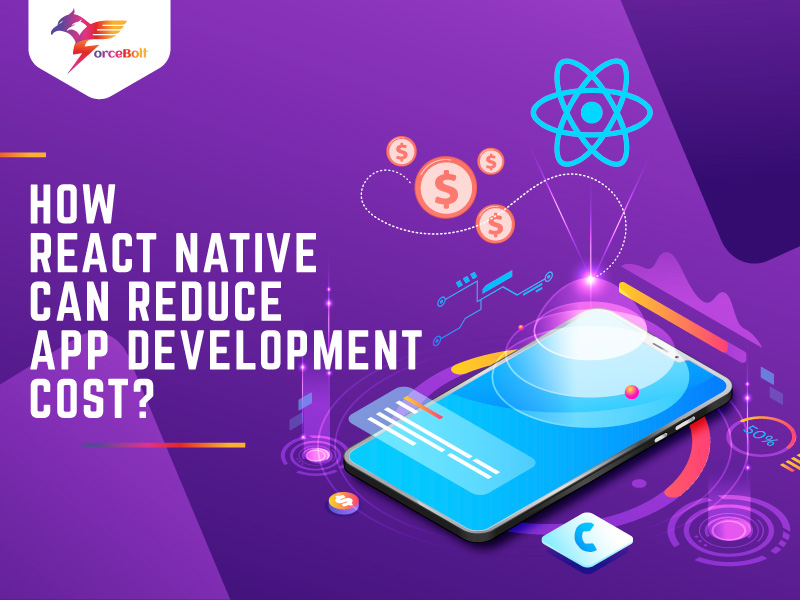Sharing is caring!
Developing a mobile application is not a simple task due to the numerous elements that must be considered. A full-stack development company must complete various tasks and go through various stages of improvement to create an effective and functional mobile application. According to the current trend, customers rely heavily on mobile apps for shopping, travel appointments, food requests, and other activities.
The mobile app industry is currently stealing the show. So, if you want to dominate the market, you must have an app on all platforms. However, building a native app for each platform is an expensive and time-consuming endeavor; this is where cross-platform development comes in handy. And one of these cross-platform solutions is React Native.
And there are good reasons for it. React Native provides high performance, low cost, and a shorter time-to-market. The list goes on and on. In this article, we’ll go over the critical cost-saving benefits of using React Native, and you’ll be convinced of React Native’s cost-effectiveness.
1. Reusable Components And Codes
There is no need to create different mobile apps for each platform while leveraging React Native. The ability to reuse code and components is probably the most significant benefit of how React Native saves money. This framework allows developers to share and write code once 90-99 percent of that code without technical flaws or glitches between the iOS and Android platforms.
2. Easy To Maintain
To refresh your application, you should present the refreshed code and application form to the application store and afterward hang tight for the application to execute it. React Native enables you to refresh your application remotely without interfering with the client’s application usage, making application upkeep simpler and less time-consuming. Clients will benefit from this feature, as they will not have to download updated versions of the application from the Google Play store. In addition, the end of application formation reduces support costs.
3. Assists In Real-Time Testing
React Native includes application testing via Fast Refresh, which will generally speed up the application advancement measure. With the quick invigorate, you don’t have to restart, test, and gather the entire application each time you change the application codebase; React Native handles this for you. As a result, the structure naturally revives the application and mirrors its change whenever you roll out an improvement. This way, you can test your progressions in real-time and correct any errors that arise.
4. No Need For Additional Resources
Fostering an application necessitates considering various factors such as the ideal stage, recruiting committed engineers with specific abilities, and maintaining discrete codebases for the applications. React Native, as a cross-stage structure, works on the cycle for you. This increases the cost-effectiveness of React Native by allowing you to pay more money to hire dedicated engineers for each stage, giving you more chances to keep up with the codebase independently and cloning the local applications for your applications.
5. Seamless Integration With Native Apps
While developing a portable application with the local utility, the most important test is its similarity to local applications such as cameras and GPS. React Native is well-known for its astounding local application similarity, which relieves engineers of the burden of integrating the local application with their application. In addition, engineers do not need to foster the modules independently or put any additional work into the application incorporation because React Native provides consistent application coordination without interfering with the application’s display.
The Last Words
React Native is a fantastic and clever structure, but it will not yield results for you without expert guidance. The executives work across stages due to a single code and can be easily integrated with other standard applications and gadget document frameworks.
Such applications work by storing the API of the cell phone and thus saving information that has been disconnected. As a result, the applications run faster and have continuous access to information, especially when the organization’s conditions are poor.
If you also want any support related to React JS development services, you can get in touch with the React Native developers at ForceBolt. Connect with us now!

Akshay Dhiman
Chief Technical Officer
The Chief Operating Officer of ForceBolt and a decisive leader who possesses a wide array of technical skills and management skills to implement operational changes by working at different levels of development. Being enthusiastic and technology proficient, he understands the importance of staying up-to-date with the latest technological transformations and provides competitive, scalable and efficient solutions. He has a good command of technical language and possesses good communication skills. Being a leader makes him a good team player, and he resonates with his priorities well.













